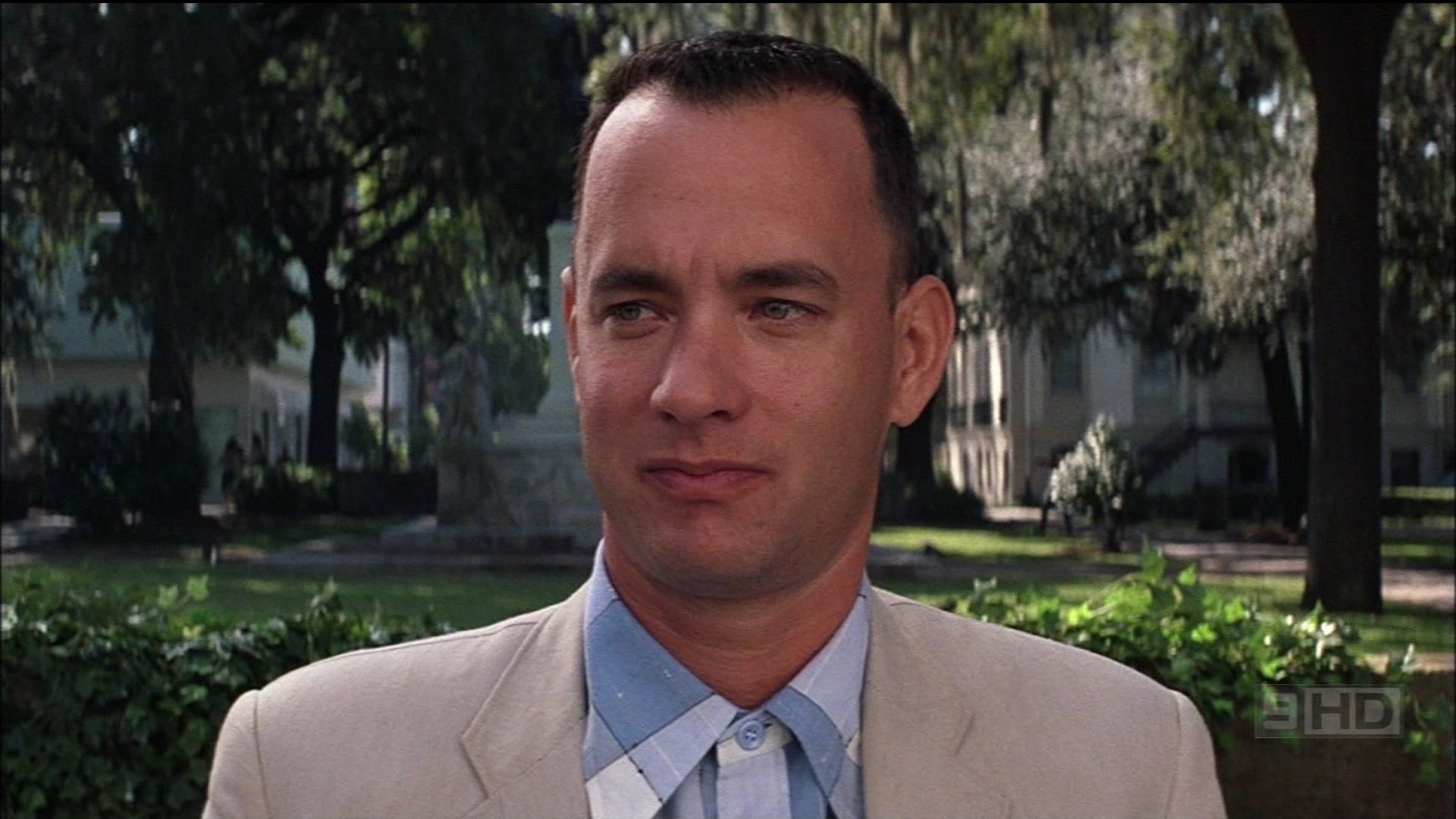
When it comes to the making of lists ranking the greatest films of all time, fierce debate usually ensues. Cinema has so many unique voices, so many genres and subgenres, so many eras that narrowing the best down can seem an impossible task. IMDb’s top 250 makes the procedure a little easier: by aggregating the user scores for every film, and updating this consistently, an idea of the general film-going population’s taste can be shown.
However, their list, while containing many classic works both old and new, isn’t without its contentions: some films are placed far too high and some shouldn’t even make the list at all. This article looks in depth at arguably 10 prominent examples and questions their merit as being worthy of their place in the top 250.
1. The Shawshank Redemption (#1 on IMDb top 250)
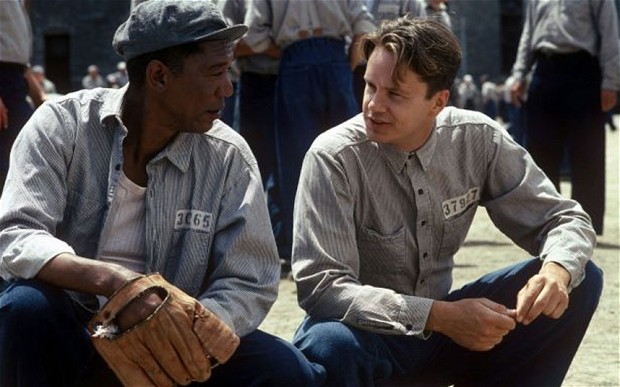
A sleeper hit, The Shawshank Redemption (1994) opened to almost universal critical acclaim but made no dent in the box office. After gaining traction through VHS sales and cable television reruns, Frank Darabont’s debut feature now stands as one of the most acclaimed American films of the last 25 years.
Based on Stephen King’s novella Rita Hayworth and Shawshank Redemption, it follows the character of Andy Dufresne after he’s sent to prison for killing his wife and lover. Shawshank today could quite rightly claim to be the most beloved in the prison film genre, but its depiction of prison life is peculiar. The group of inmates Andy begins to associate with appear to be some of the nicest and most genuine prisoners to ever be locked up. They run a library, they laugh and joke on the rooftop, they get along alarmingly well; Darabont creates an unusual and mawkish vision of their prison existence.
Indeed, when the elderly librarian Brooks is paroled and begins his life on the outside, he ends up hanging himself due to loneliness. Prison, we’re to understand, isn’t so bad. Darabont offers the audience nothing to gain better understanding of the characters’ psychology or background: Morgan Freeman’s Red, the extremely well-spoken black man, stands as a noble and sage man with barely a mention of his murderous past, while Andy comes across as a wholly innocent, gentle and sympathetic character.
Perhaps the latter has more to do with Tim Robbins portrayal of him than the writing or direction. His plain, dulled acting feels stilted and strange and it becomes hard as a viewer to care about his wellbeing. Shawshank merely says that some people are bad and some are good and we should react to people accordingly with no question of deeper understanding. Its naivety means that serious issues like rape and violence are completely undermined.
No one can argue that it’s not a well-structured, mostly well-performed film that also looks good thanks to Roger Deakin’s’ cinematography. But that’s the extent of it, however, and why the film is certainly overrated. There are simply far superior films exploring similar themes, like Robert Bresson’s immaculate A Man Escaped.
2. Amélie (#80)
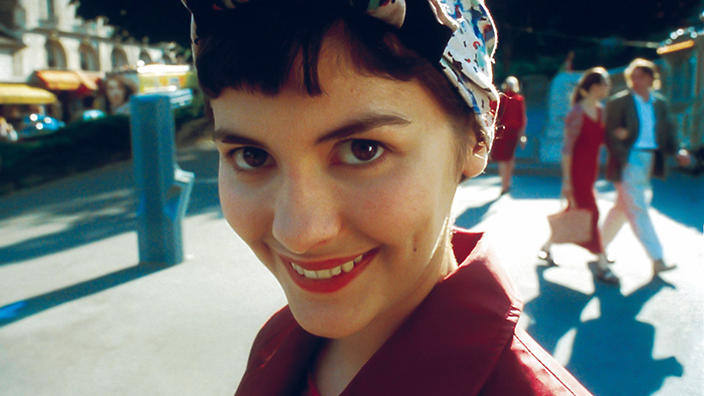
Perhaps the most acclaimed foreign-language film of the 21st century, Amélie (2001) could be called a fraud. For the general population, the film has become a centerpiece of French cinema; think of Paris and its delightful romanticism and one invariably thinks of Amelie and its cute chic. This is because of its superficial charms.
Picture Audrey Tautou on the famous film poster, a perfectly charming lead, and it’s hard not to be put under her spell; remember the myriad of scenes within the beautiful Montmartre, and find it impossible not to yearn to cycle along its cobblestoned streets at that very moment. But, after conceding all that, sadly Amelie holds nothing of true substance.
The titular character is a waitress longing for love. Tautou, as mentioned, is worthy of the role, but Jean-Pierre Jeunet never seems able to leave her to utilize her talents; everything seems immensely constructed by him, all in the pursuit of some grand mood and vision he wants to create.
As a result, the charm that so many have felt watching the film comes across as unnatural. The French population went mad for the film, queuing in their thousands to see it. In explanation, one can only assume the reason: that the film portrays a Paris sans infuriating and impatient tourists, creating a nostalgic vision of the city as it used to be, like a closed intimate and interesting small town.
Taken further, it presents an unrealistic portrait of Paris without even its poor and minority communities. For a city with such a large Arabic and African population convening its streets, this is unthinkable and just misinformed.
As such, Amelie is a film that wants its audience to love it without putting any demand on their intelligence or thinking. Perhaps, then, it could be said that the film has a spiritual cousin in Richard Curtis’s wildly successful London films of the 1990’s like Four Weddings and a Funeral); what he and Jeunet made were, essentially, diluted versions of their cities, the tourist-friendly ideas of London and Paris.
3. Braveheart (#76)

Remarkably a Best Picture winner, Braveheart (1995) has become renowned for its wild historical inaccuracies. Mel Gibson’s cartoonish and silly version of the life of William Wallace, the 13th century Scottish warrior who led his nation in battles against their English oppressors certainly still stands as a massively entertaining spectacle; how misinformed and outlandish the narrative is, though, can’t be wholly ignored.
Inspired by an epic poem by a poet named Blind Harry, Gibson presumably had much scope to use artistic license, but his use is excessive and comical. The Scots, sadly, definitely didn’t moon at the English before the Battle of Stirling Bridge, for example. They also wouldn’t have worn the belted plaid, nor kilts of any kind.
The script also fabricates an uncomfortable love affair between Wallace and Princess Isabella of France, the wife of Edward II of England. All this sacrificing accuracy in the pursuit of exciting entertainment would be acceptable, if not for further problems Gibson’s film has. The English, in an alarming show of xenophobia, are to a man evil and cruel.
For a film made by mostly for an American audience (by an Australian), this jingoistic gleeful patriotism is to be expected, but that doesn’t lessen its wrongness. Edward II, meanwhile, is made completely effeminate and homosexual, which led to accusations of homophobia; the character’s lover is thrown out of a window to his death, after all.
For a man with a history of homophobic comments, it feels an uncomfortably suspicious depiction by Gibson, something that he has always firmly denied. Looked at deeper, then, Braveheart seems to be a suspect film, albeit under a surface of adventure and epic entertainment.
4. Forrest Gump (#12)
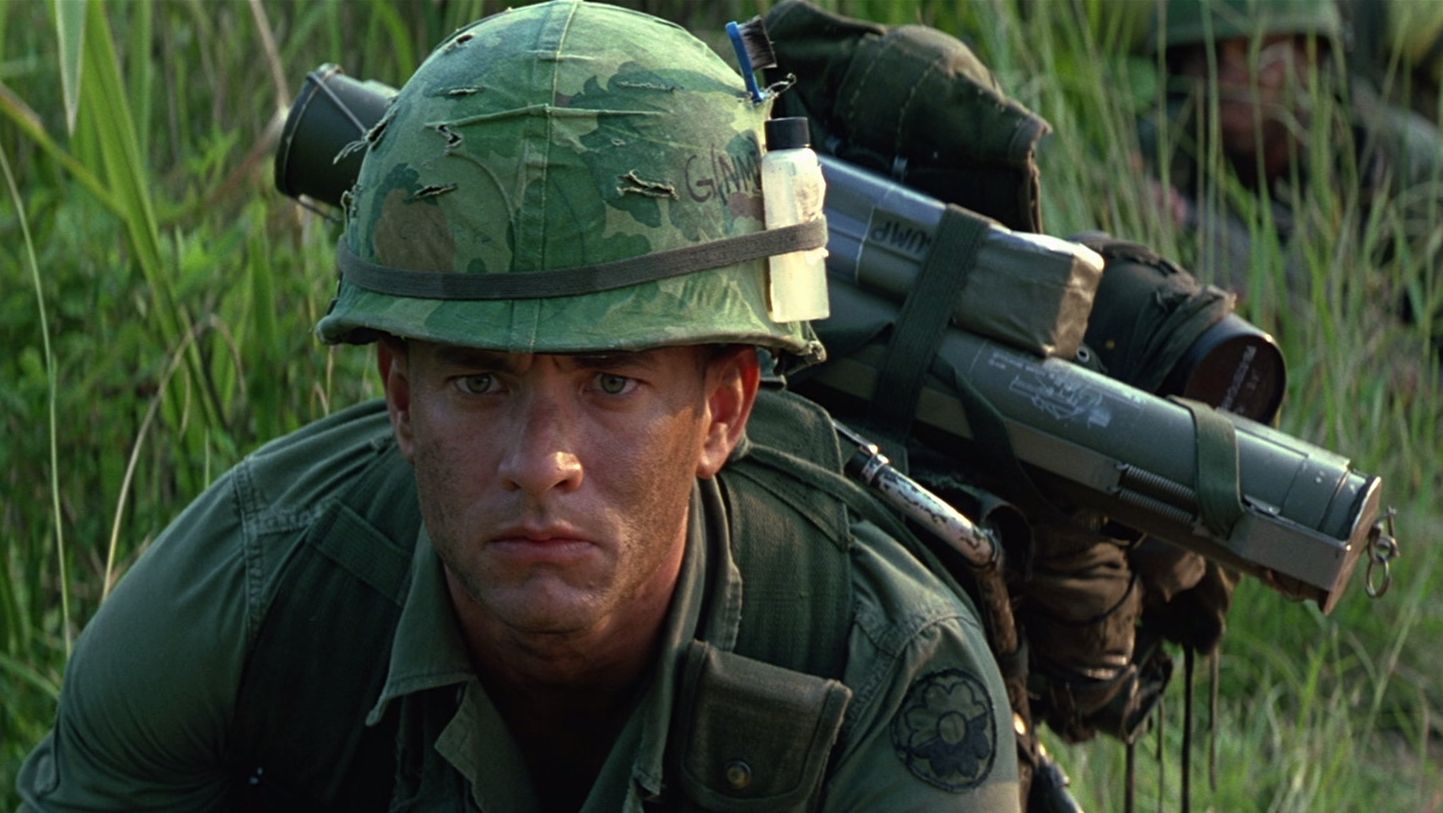
Forrest Gump was a surprise cultural phenomenon and has permeated American culture since its release in 1994. The film begins with the title character sitting on a park bench, telling his lift story to a passerby. Over the course of the film we see numerous moments where Forrest intersects with critical moments in American history during the late 20th century.
The film, therefore, is a consistent spectacle of pop culture references; an ironic fact, considering that Forrest Gump has by now joined the illustrious annals of American pop culture himself. Much of the action and narrative of the film is problematic.
An early scene, for instance, has Forrest listening to his Mom having sex with his headmaster just so he won’t get sent to a special school; a great example for a minor. The treatment of the character of Jenny, moreover, is morally questionable. A representation of the 1960’s counterculture, she becomes a hippie, parties hard, wants to be a singer, an activist, and by the end becomes a sexually abused drug-addict who sadly dies of AIDS.
As for Forrest himself, the overarching message could be surmised as ‘do what you’re told’. When Jenny tells him to run in any situation of danger, he runs; a pattern that continues throughout his life.
Essentially, the film is stating that in order to be successful and safe, one simply has to do what they’re told without questioning anything. While an uncomfortable message in itself, what makes it deeply unsettling is the presentation of the opposite side and its consequences.
Consider what happens to those he comes into contact with throughout the film: Bubba, a budding shrimp tycoon, is shot down in Vietnam; Lieutenant Dan, while desiring a noble death on the battlefield like his forefathers, is instead crippled and becomes a hollow version of his former self. Only Forrest is rewarded, only Forrest survives intact.
In this sense, Robert Zemeckis’s film becomes akin to a piece of American propaganda under cover of a Hollywood blockbuster. Any search for depth or satire, of which both could be found in this narrative, are lost in the highlighting of America as a great and proud country, where its citizens must serve and protect with no thought for themselves or others. What Forrest Gump shows is that, while style and comedy can be intoxicating, subtext is important, and one must always consider what it holds.
5. Schindler’s List (#6)
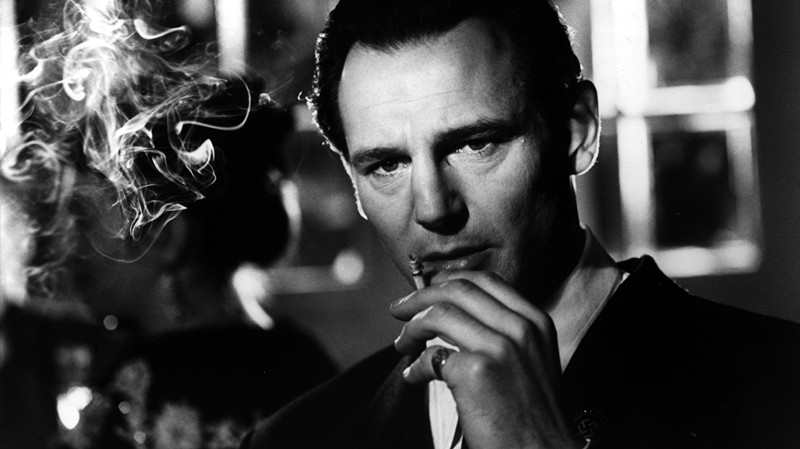
A self-important film beyond belief, what else could one expect from a film about such a weighty issue from one of Hollywood’s premium exporters of sentimentality and kitsch? The Holocaust is a subject which requires delicate care and consideration when aiming to understand it or explore it in the arts.
Schindler’s List (1993) tells the true story of Oskar Schindler, an industrialist who saved hundreds of Polish Jews from concentration camps by enlisting them to work in his factory in Krakow. He was, literally, the difference between life and death. By necessity or expectancy, the script by Steven Zaillian gives little time to any of the saved victims; the focus is fully on Schindler, his accountant Itzhak Stern, and the prominent Nazi Amon Goeth, and here lies the first problem.
In Steven Spielberg’s hands, the Jews don’t matter, in the process becoming mere abstractions, cardboard story props for his emotional manipulation. They function as pawns for Schindler to find and save, yet another example of the ‘White Savior’ complex Hollywood adores. And in his 3 main characters aforementioned, he tied the film together in classic narrative form: main protagonist, his caring sidekick, and villainous antagonist.
For the Holocaust, the facts are enough: Spielberg only had to train his camera on the true story, detail the immense horrors of the truth, and the emotional effect would have been enough; by emphasizing his clichéd character ciphers, the result is something verging on insulting. By not presenting the facts as they happened and not turning his view inward, the film then becomes an inferior product, namely it becomes a spectacle, something which the Holocaust should never have been allowed to become.
Focusing on the actual scenes contained in the film, far too many problematic sequences occur: a myriad of innocent Jews being gunned down by the SS; the subplot of the train being accidentally sent to Auschwitz; the garish stylistic touch of the little girl in her red coat amidst the sea of black and white filming. These are not worthy of a work attempting to portray the Holocaust.
The overarching heavy-handedness of the film makes it feel like it was created in a cinematic lab: Spielberg’s version of the events feels uncomfortably manipulated and controlled. While it’s a committed piece, the commitment sadly feels in the wrong direction: what Spielberg aims for isn’t understanding of an extremely touching and overwhelming historical event, but a statue bearing another Oscar’s name; it was all for the glory and the plaudits, the use of others’ pain in the search for triumph.